What we've learned after 6 months of COVID-19
by Megan Marolf | Aug 14, 2020 | coronavirus and seniors, coronavirus cases in Washington, keeping seniors healthy during covid | 0 Comments
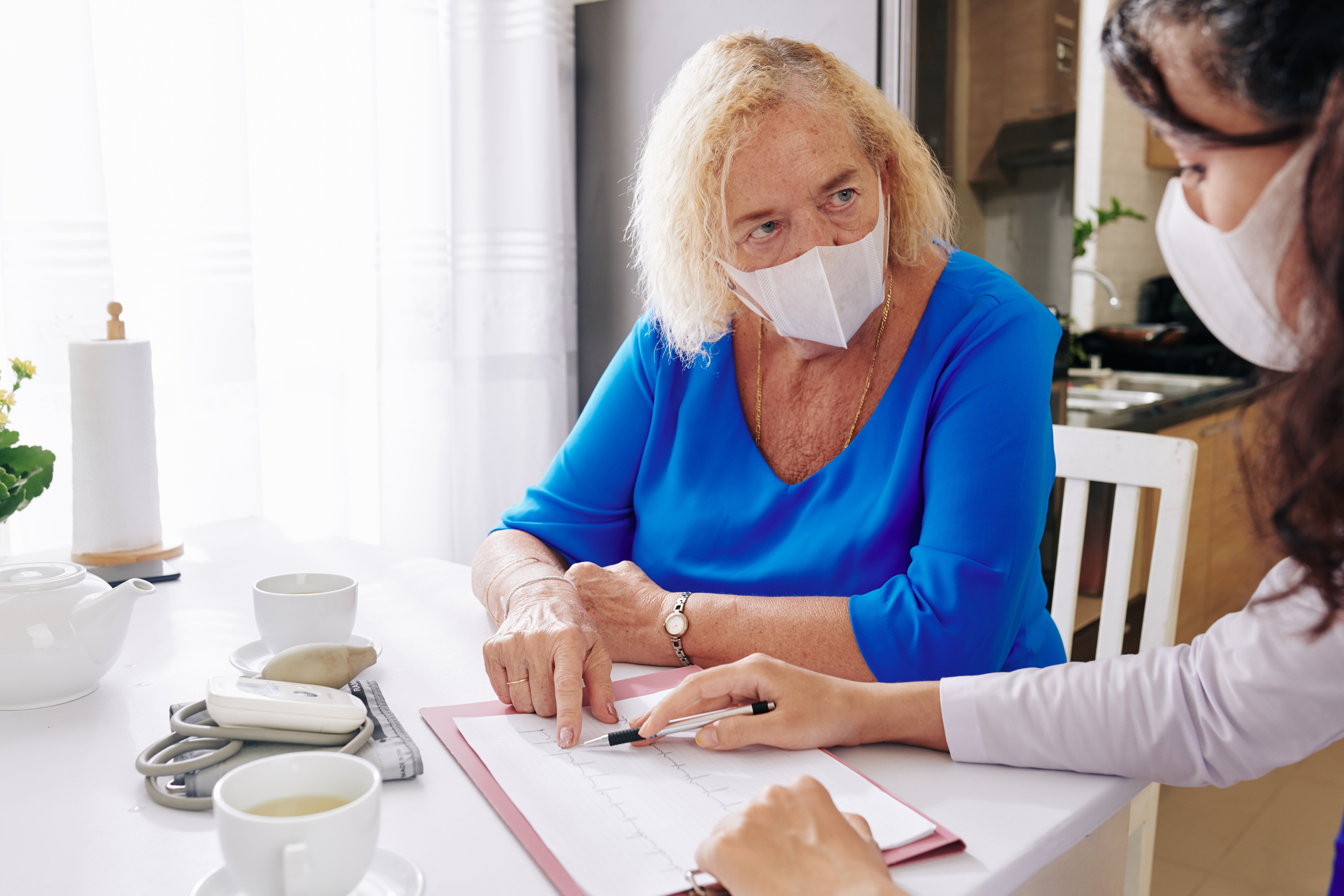
It’s been about six months since Washington state became the first state to have a confirmed coronavirus case on January 20th. An outbreak in a Kirkland nursing home followed, and soon the country had to come to grips with how contagious this virus is.
Since then, we’ve witnessed thousands of lives lost, an economic shutdown forcing millions of Americans out of work, and a mixed response to the pandemic from state governments.
With coronavirus cases in Washington spiking once again in the month of July, the staff at SeaCare are taking a look back at what we’ve learned about Covid-19 so far and how to keep seniors healthy going forward.
Cases continue to rise
The U.S. tops the list of the most confirmed cases in the world, with Brazil and India following. And with 5 million cases and around 165,000 deaths, the U.S. has surpassed the lower death rate projections, which started at 60,000.
Sometimes, it’s hard to grasp the numbers, especially if someone doesn’t live in an area where the virus has taken hold. To put the data in perspective, 675,000 people died from the H1N1 flu in 1918, the last historic pandemic.
Compared to other leading causes of death in the U.S. in recent years, 252,000 people died from cancer in 2019, and 269,583 died from heart disease in 2017.
If we don’t continue to wear masks, social distance and maintain healthy hygiene practices, the number of COVID-19 cases will continue to rise.
An unequal toll
More and more data is highlighting the economic and health disparities in our country, which black and indigenous communities continue to face during this public health crisis.
According to federal data obtained by the New York Times, Latino and African American people are three times more likely to contract the coronavirus than their white neighbors. This is not unique to a particular area, but the case in both urban and rural areas across the U.S.
The reasons for this include being employed in essential jobs that involve exposure to other workers, a reliance on public transportation, and living situations that involve generations of people in one household.
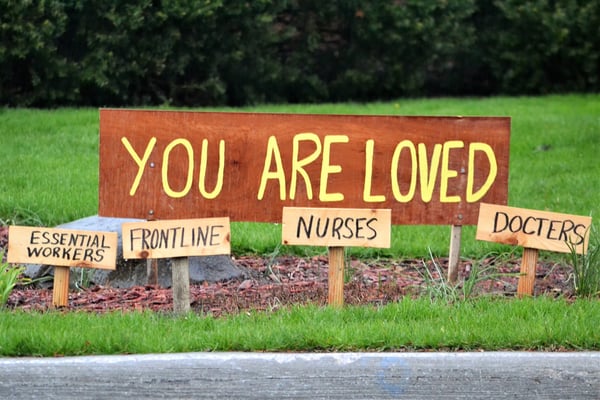
When people have the types of jobs that allow them to work from home and stay away from crowds, then they’re much less at risk.
We should all wear masks in public
What was once a guideline for people showing symptoms of the virus is now a guideline for those healthy and sick. Both the World Health Organization and the Centers for Disease Control advise everyone to wear masks in public.
The main reason for this is that some people can be asymptomatic, meaning they don’t have symptoms of the virus and therefore don’t know that they could be contagious.
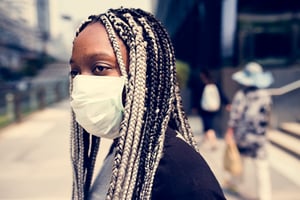
The evidence is building that wearing a cloth mask can reduce the spread of Covid-19 to others, especially when used within a community.
We’ve all seen people with their nose sticking out at the top of their mask, which doesn’t do anything to protect others when that person gets the urge to sneeze. So, wear a mask the right way! That means that both your nose and chin should be covered.
If you or someone you know needs a refresher, check out the Seattle Times’s guide here.
New Covid-19 symptoms
At first, the coronavirus had a shorter list of symptoms, which included shortness of breath, a dry cough, fever and chills.
The most common symptoms remain to be fever, cough and tiredness, other symptoms now include loss of taste and smell, headaches and body aches.
A recent study done by the Journal of the American Medical Association found that people who were asymptomatic carry the same “viral load” as those showing symptoms. This could mean people who aren’t showing symptoms can spread the virus just as easily as those showing the telltale signs.
The race for a vaccine continues
A lot of emphasis in the news and within communities has been on the development of a coronavirus vaccine. More than 150 vaccines are in development, and around 30 are in the midst of human trials.
But, scientists are clear to point out that even an effective vaccine won’t completely get rid of the virus.
“In the public imagination, vaccines are often seen effectively as cure-alls, like inoculations against measles,” as highlighted by Stat News, which covers health and medicine.
Instead, a coronavirus vaccine might result in the same sort of outcome as vaccines against influenza. These reduce the risk and the severity of symptoms, but don’t eradicate the likelihood of getting the influenza.
COVID might never go away, but instead evolve to become similar to the common cold.
Continue to stay healthy

If you’re wearing a mask and keeping your distance from people, then you’re doing your part to keep yourself and others healthy.
Much of the early guidelines on how to avoid getting sick still apply. Social distancing, sanitizing high touch areas in your home, and not touching your face are all good guidelines.
Then there’s the obvious, which is staying home if you feel sick.
Maintaining good health in general by getting outdoor exercise (to soak up vitamin D), monitoring stress levels and eating a balanced diet can strengthen your immune system.
While the virus is still present in our communities and while safety remains a top priority for vulnerable populations, there’s still a need for home care. Whether your main caregiver is going back to work, or if you’re finally able to get that elective surgery you’ve postponed, SeaCare provides expert care just for these scenarios.
Even if you just need a respite from all the hard work you’ve been doing as a family caregiver, give us a call and we can help.
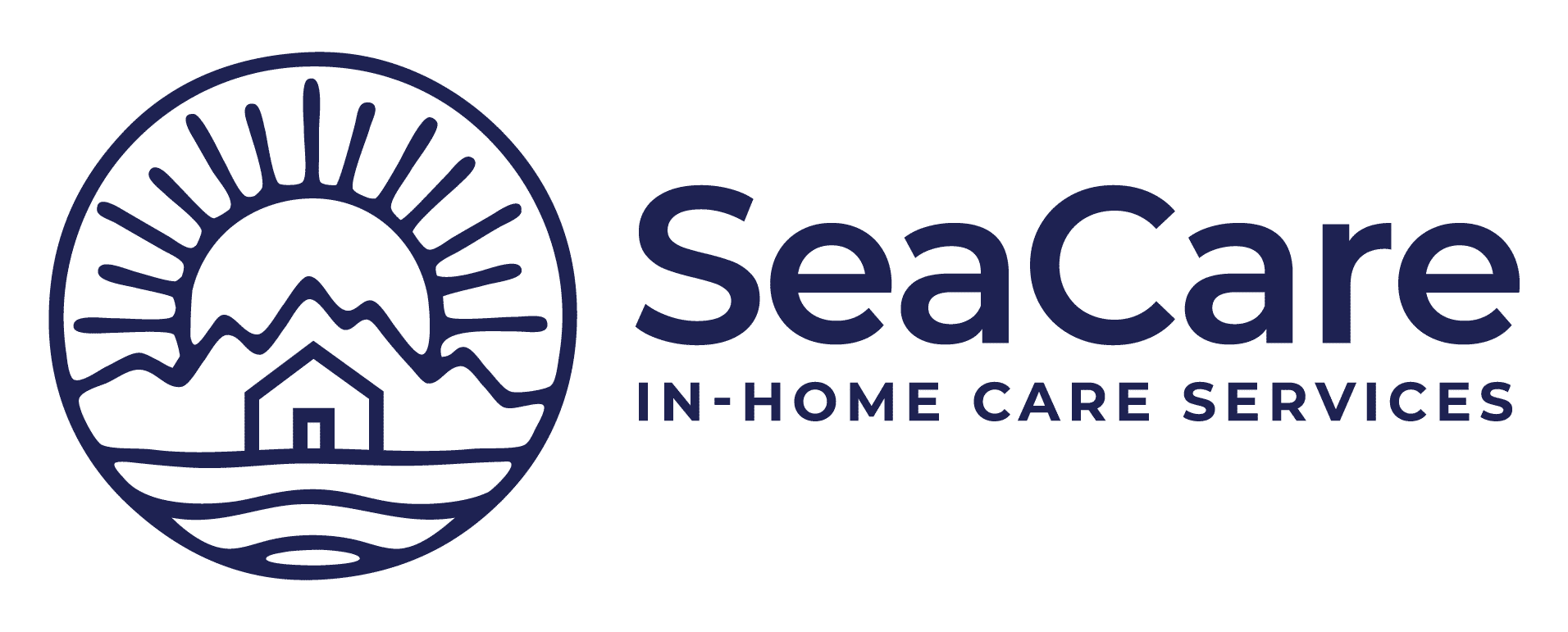
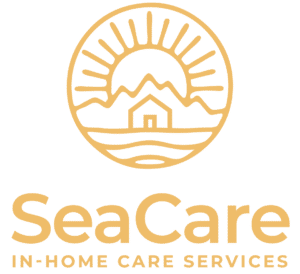
0 Comments